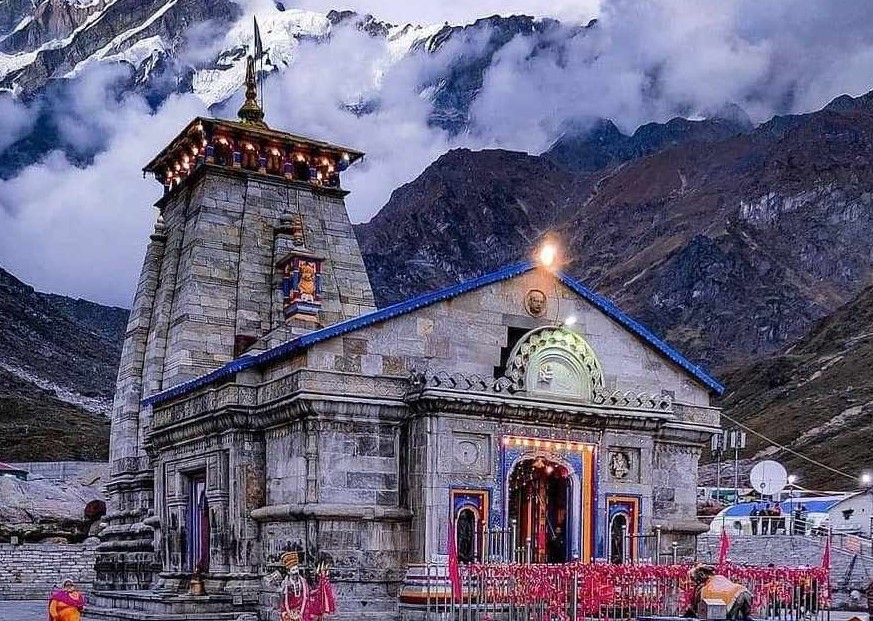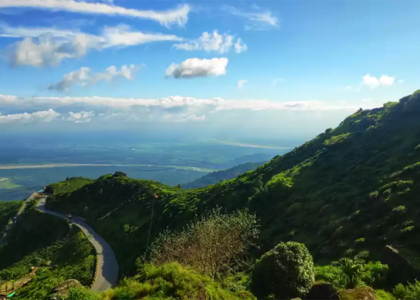
As the name implies, this location is devoted to the temple of Kedar (Lord Shiva) and is one of the most frequently visited religious sites on the Indian pilgrimage circuit. Kedarnath is one of the four sacred locations that surround the world-famous Chardham Yatra. It is located at an elevation of 3,580 metres above sea level. Kedarnath temple is believed to be one of Lord Shiva’s 12 Jyotirlings, which is why pilgrims risk the rough uphill trails to reach there. Despite being the most remote place in the Chardhams, it is usually filled with devotees. The Mandakini River, which flows beside this holy location, provides a suitable environment for washing away one’s sins. However, pilgrimage is not necessarily about cleansing one’s sins, but rather about seeking one’s soul. The present-day Kedarnath temple is located in Uttarakhand’s Chamoli district. It was founded by Adi Guru Sankarachrya. There are almost 200 Shiva temples in Chamoli district alone, the most notable of which is Sri Kedarnath, and the religious fervour combined with the natural beauty of the area adds to the allure of this mountainous region. The temple’s finely carved architecture is about 1000 years old. The original temple, however, was erected by the Pandavas of Mahabharata, and legend has it that the Pandavas prayed here to atone for their sins of murdering so many people after their victory at Kurukshetra. Additionally, the narrative relates to the ‘hide and seek’ game that Bhima, one of the Pandavas, and Lord Shiva engaged in. The conclusion of this game is today represented by an incomplete statue at Kedarnath, with the remaining components worshipped in Rudranath, Madmaheshwar, Tungnath, and Kalpeshwar. These locations are collectively referred to as Panch Kedar.
Kedarnath’s winter season is quite challenging due to the high altitude. As a result, the temple is only open for six months until winter rolls in. The gate shutters during Diwali and reopens in May. The date of the Kedarnath Temple’s opening is determined by Shiva Ratri, and is determined by the temple’s priests. During this time period, visitors flock to another adjacent shrine known as Baba Baironath.
There are several additional attractions in and near Kedarnath, including Gandhi Sarovar and Gaurikund. There is also Triyuginarayan, which is supposed to be the location of Lord Shiva and Parvati’s wedding, and where a permanent flame is kept alight. Kedarnath is also an excellent location for mountain trekking, and the stunning treks through pristine forests and winding slopes are a favourite among adventure sports enthusiasts. One may begin hiking from Gaurikund. The heavenly Jyotirling is said to be endowed with divine presence, capable of bringing salvation to people who die in this sacred region. And beyond the temple, one may locate the way to paradise at Mahapanth.
Additionally, Sharavani Annakoot Mela, a fair held the day before Raksha Bandhan in August, is very popular with tourists. Kedarnath also accepts reservations for special devotion at the sanctuary.



